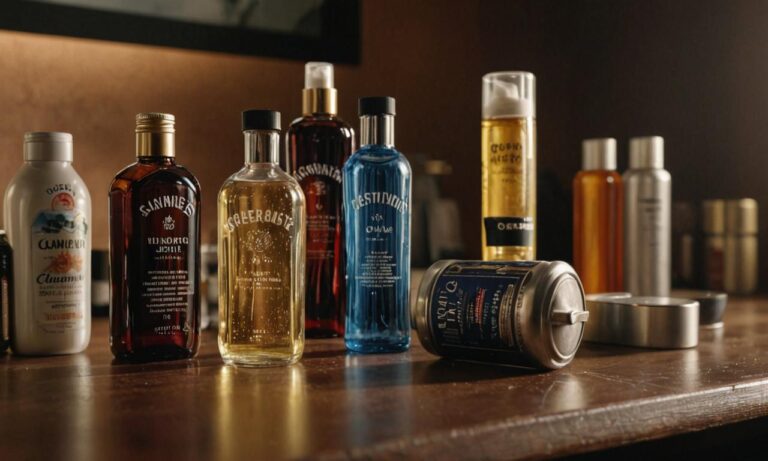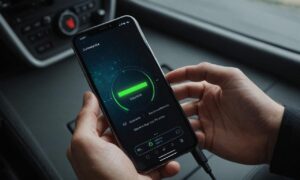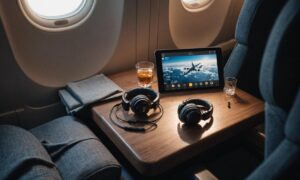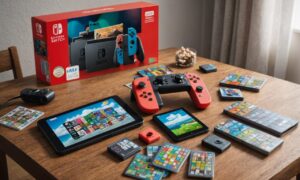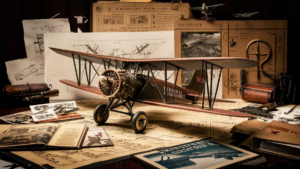Planning a trip involves meticulous attention to detail, and one crucial aspect is understanding the restrictions on carrying liquids aboard an airplane. Navigating through airport security regulations can be a daunting task, but fear not, as we provide you with comprehensive insights to ensure a smooth journey.
Understanding the Basics
When it comes to bringing liquids on an airplane, the 3-1-1 rule is a standard guideline that every traveler should be familiar with. This rule dictates that liquids must be in containers of 3.4 ounces (100 milliliters) or less, all fitting into a single, quart-sized, clear, resealable plastic bag. Each passenger is allowed one such bag.
Liquid Categories
It’s crucial to know what constitutes a liquid in the eyes of airport security. Besides the obvious liquids like water and toiletries, gels, creams, and even items like peanut butter or yogurt fall under this category. If it can pour, spread, or spray, it likely falls within the restricted liquid domain.
Exceptions and Special Considerations
While the 3-1-1 rule is the general guideline, exceptions exist for certain items. Prescription medications, baby formula, and breast milk are allowed in reasonable quantities exceeding 3.4 ounces. However, they must be declared at the security checkpoint for further inspection.
Duty-Free Purchases
Passengers often wonder about the fate of duty-free liquids purchased at the airport. Good news: you can carry them in addition to your one-quart bag of liquids. The catch? Ensure they are sealed in a tamper-evident bag with the receipt visible. This is crucial to avoid any inconvenience during security checks.
Pro Tips for Smooth Travel
For a hassle-free journey, consider the following tips:
- Invest in travel-sized containers for essential liquids.
- Place your quart-sized bag of liquids in an easily accessible part of your carry-on for efficient security checks.
- Check the airline’s specific rules, as they may have additional restrictions or guidelines.
Being well-versed in the regulations surrounding liquids on airplanes is key to a stress-free travel experience. By adhering to the 3-1-1 rule and understanding exceptions, you can navigate airport security with confidence. Safe travels!
Security Screening Procedures
While the 3-1-1 rule provides a general framework for carrying liquids, understanding security screening procedures adds another layer of insight. Be prepared for your liquids to undergo X-ray screening, and in some cases, additional testing. Security personnel may inspect items that appear suspicious, so pack your liquids in a way that facilitates easy inspection.
Electronic Devices and Liquids
It’s not just about toiletries; electronic devices with liquids, such as e-cigarettes or certain beauty gadgets, also come under scrutiny. Ensure these items comply with airline regulations, and be ready to remove them from your bag during security checks for a smoother process.
Frequently Asked Questions
| Question | Answer |
|---|---|
| Can I bring a water bottle through security? | No, unless it’s empty. You can refill it after passing through security. |
| Are there restrictions on carrying liquid medications? | No, but it’s advisable to inform security and have necessary documentation. |
| Can I bring homemade snacks containing liquids? | It depends. Items like jams or sauces may be considered liquids, so adhere to the 3-1-1 rule. |
Additional Guidelines for Travelers
Stay informed about any recent changes in security protocols or airline policies. Periodically check official websites for updates, ensuring that you remain well-prepared for any modifications in liquid-carrying regulations.
See also:

